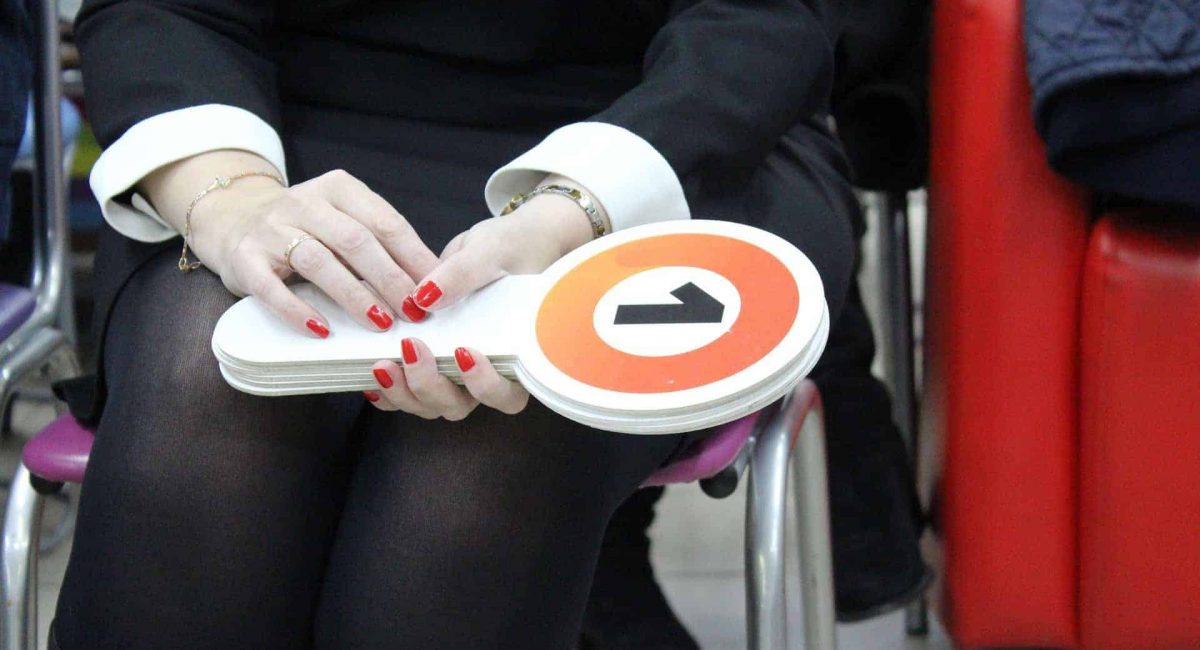Auctions
Keep calm and research ahead of time.
People often think of auctions like what we on TV and in the movies. Wealthy women dressed in furs dripping in diamond, men in custom suits, people whispering to one another and glaring at the competitive bidders, while staff are on the phones with mysterious bidders. Well this is partially true minus 80% of the intrigue. I’ve yet to see James Bond at an auction.

It will serve you well to prepare a little before attending or bidding at an auction.
Typically the items for sale will have been published in a periodical prior to the auction. Use this to study and research the items being offered before the day of the auction. Make note of item numbers, lot numbers and such so you don’t get the item your interested in mixed up with another item that might be similar. Don’t leave anything to memory because once your bid is accepted you are committed. Careful not to partake in too many cocktails prior to bidding either, you want to be sharp as possible.
Here are some of the terms you should be familiar with:
Lot: A “lot” is a group of items being offered for sale.
Chandelier Bid: This is when the auctioneer creates a bid during the auction to make the item seem more in demand. It seems as though this would be illegal but it’s not. Chandelier Bids are frowned upon in the art market however.
White Glove Sale: This term means every lot in an auction successfully sells. It do not have anything to do with ‘white glove delivery service’.
Bought-In: If an item doesn’t receive any bids, or the reserve bid is not met, it is considered “bought-in”.
Burned: Once an item is unsold, (bought-in) it can be referred to as “burned”. Using this terms can reflect badly on the item in future auctions due to the stigma of not being sold the first time around.
Collusion: Collusion is when multiple bidders coordinate together for their mutual gain which is illegal.
Shills: People who drive up auction prices with fake bids to increase sale prices.
Hammer Price: Just like it sounds, the price when the hammer falls is the winning bid.
Buyer’s Premium: An agreed cost that is paid in addition to the winning price.

If you are interested in auctioning any of your items, contact us for assistance.
We regularly attend auctions in Beverly Hills, Los Angeles, and New York.